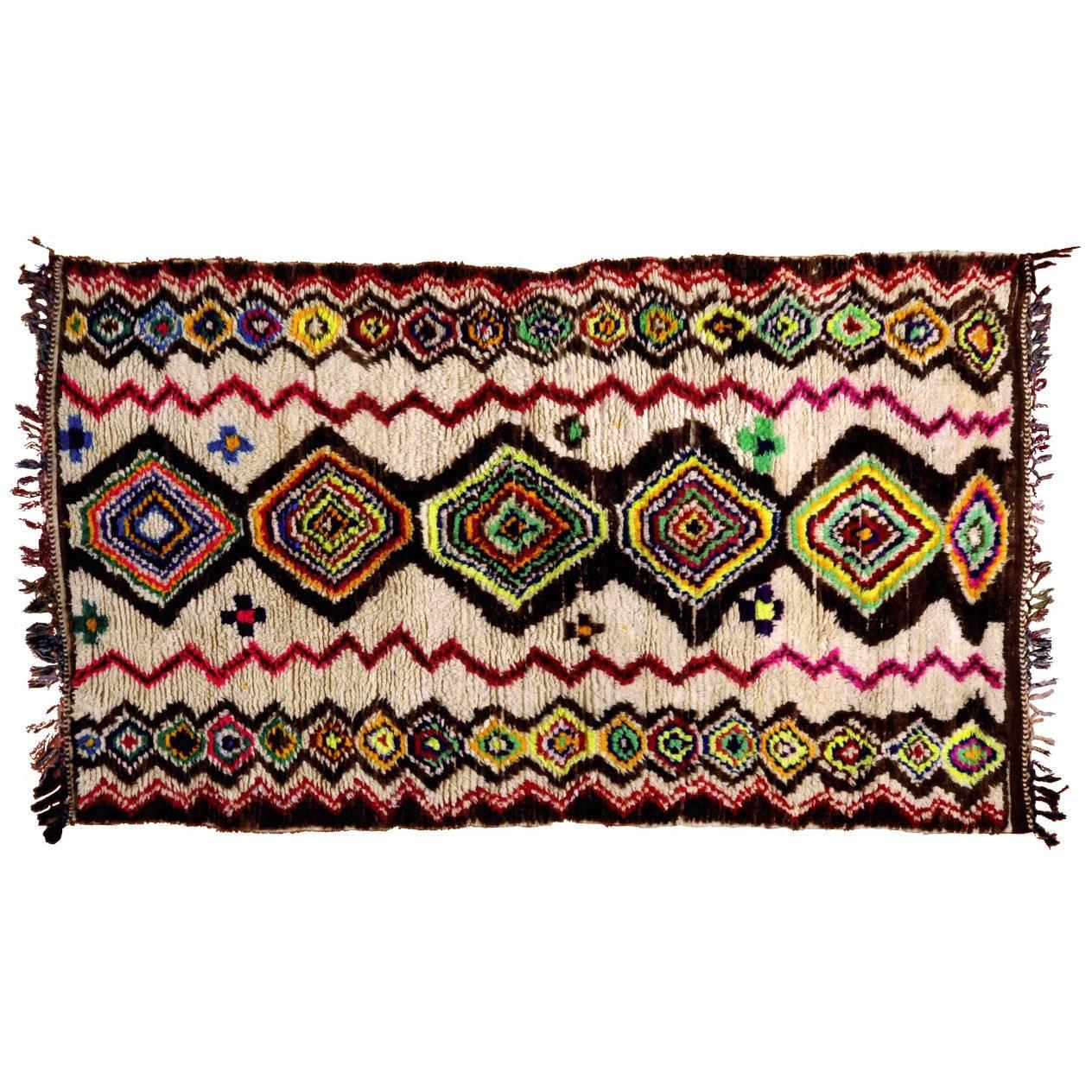Moroccan rugs are more than just decorative pieces; they are a honor of vibrant cultural heritage and artistry that crosses borders. Hailing from the diverse landscapes and vibrant communities of Morocco, these rugs represent the stories, traditions, and craftsmanship of their makers. Each knot tells a narrative, each pattern reflects a history, and every color palette evokes the breathtaking beauty of Moroccan landscapes. As they find their way into modern homes across the globe, they serve as a bridge connecting us to the artistry and history of this enchanting North African country.
Incorporating Moroccan rugs into your home decor is not just about aesthetic appeal; it is about embracing a legacy. These rugs offer warmth, texture, and an irresistible character that can transform any space. Whether you choose a classic Berber rug with its geometric designs or a more intricate tribal piece, you are welcoming a piece of Morocco into your life, adding depth and meaning to your living environment. As you explore the world of Moroccan rugs, you will discover how they can seamlessly integrate with contemporary styles while still preserving their timeless essence.
Stories of Moroccan Carpets
Berber rugs have a colorful history that dates back centuries, deeply entrenched in the heritage of the native tribes. These indigenous people have woven rugs as a means of expression, using weaving techniques passed down through time. The bright shades and intricate patterns found in these carpets often mirror the environment, way of life, and principles of the weavers, making each piece a distinct representation of its people.
The use of carpets in Berber culture extends beyond mere decoration; they serve practical purposes in everyday activities and are integral to celebrations and events. Traditionally, these carpets were made from organic substances such as wool from sheep and cotton, allowing for durability and comfort in the varying climate of the country. The methods involved in creating these pieces often included community involvement, reinforcing social bonds within the tribes.
As commercial pathways expanded, Moroccan rugs gained worldwide fame, attracting the fascination of adventurers and collectors alike. In the 20th century, global interest in hand-made art further boosted the renown of Morocco’s rugs, leading to a renewal in heritage weaving. Today, these rugs continue to symbolize cultural heritage, capturing the spirit of Moroccan craftsmanship while appealing to contemporary design in home décor.
Approaches and Components
Moroccan rugs are well-known for their distinct craftsmanship, which often includes traditional techniques passed down through generations. Weaving techniques change between regions, with some artisans utilizing stitches to create complex patterns while others employ flat loom weaves. Each technique contributes to the character, strength, and complete design of the rugs, making sure that no two pieces are exactly alike. This craft approach reflects the cultural heritage and creative expression of the Berber tribes.
The substances used in Moroccan rug making play a pivotal role in determining the standard and look of the finished product. Usual fibers include sheep's wool, pure cotton, and sometimes silk, with wool being the most frequent due to its coziness and resilience. wool rugs acquire materials locally, which not only boosts the local economy but also ensures that the rugs capture the spirit of the surrounding environment. Natural dyes sourced from plants and earth are frequently applied, resulting in vibrant colors that stay intense over time.

In addition to the methods and materials, the patterns of Moroccan rugs are profoundly meaningful, often illustrating the weaver's personal story and cultural narratives. Geometric motifs, tribal designs, and nature-inspired designs echo the topography and customs of the region. Each element serves a function, whether it is to represent guardianship, abundance, or a link to the earth. This mix of components, techniques, and signs makes Moroccan rugs not just ornamental objects but meaningful narrators of the rich artistic heritage they come from.
Cultural Influence and Meaning
Rugs from Morocco carry deep cultural importance, demonstrating the deep-rooted history and traditions of the Berber tribes. Each rug is individual, complexly designed with emblems and patterns that express stories, principles, and regional traditions. The lively colors and patterns often symbolize the environment, history, and even the spiritual values of the weaver, making these rugs not only aesthetic but also meaningful pieces of art that celebrate the heritage of their creators.
In addition to their aesthetic significance, Moroccan rugs act as a connection to the past and a means of maintaining traditional craftsmanship. The skills of weaving have been handed down through epochs, with every piece embodying the identity and community of the weaver. By including these rugs into home decor, individuals are not only aiding the continuation of this ancient craft but also honoring the stories and life experiences embedded within every rug.
Additionally, Moroccan rugs often encourage a sense of comfort and hospitality, which is a cornerstone of Moroccan culture. Traditionally used in homes to craft inviting ambiences, these rugs contribute to a friendly environment while embodying values of community and belonging. By furnishing with Moroccan rugs, homeowners can cultivate a sense of cultural appreciation and elevate their living spaces with the rich legacy of Morocco’s artistic heritage.
